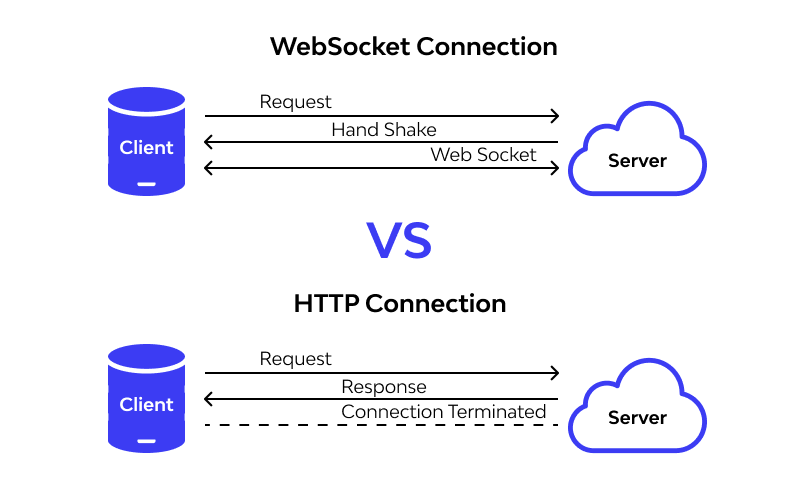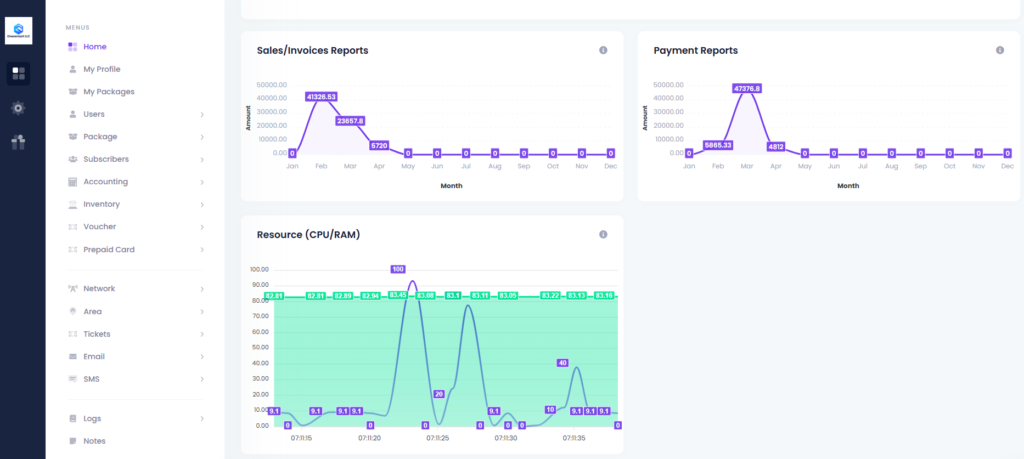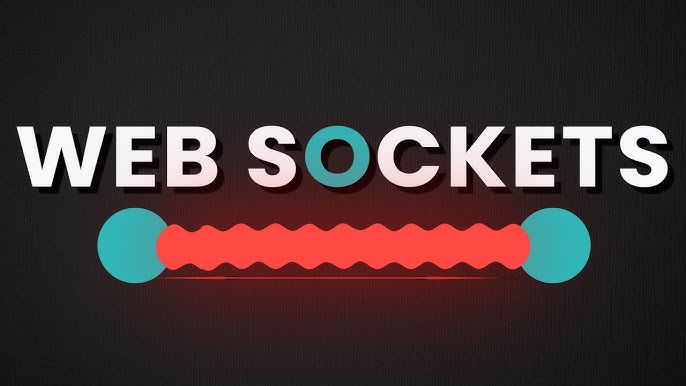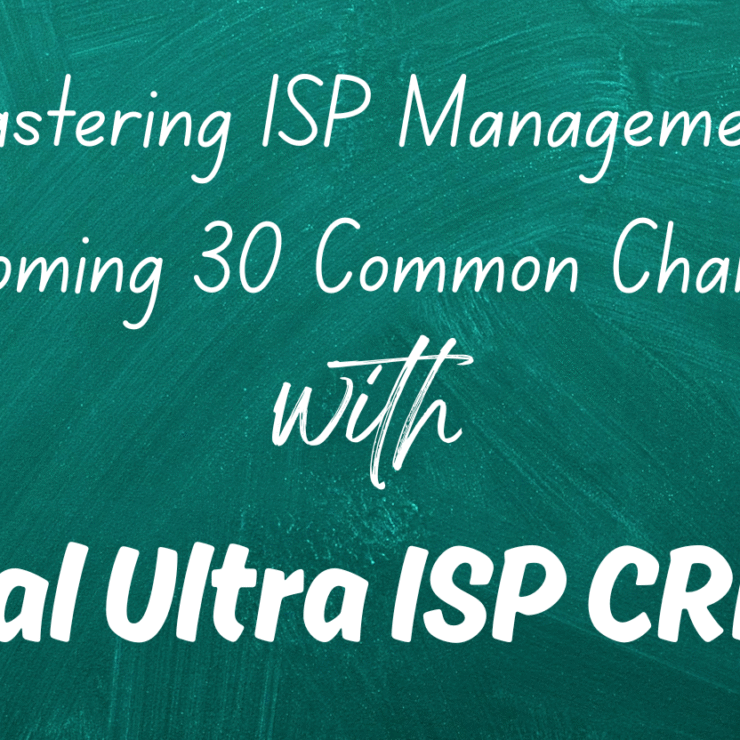What is Web Sockets?
WebSocket is a modern communication protocol designed to enable real-time, bi-directional data exchange between web clients and servers over a single, persistent connection. Unlike the traditional HTTP model—which follows a one-request-one-response pattern and requires a new connection for each interaction—WebSocket maintains an open channel that allows both the client and server to send and receive messages at any time.
This long-lived connection drastically reduces network overhead and latency compared to traditional polling or long polling methods, making it highly efficient for applications where timely data delivery is critical. Examples include live chat systems, online multiplayer games, collaborative tools, financial trading platforms, and dynamic dashboards or graphs.
A WebSocket connection begins with an HTTP-based handshake between the client (typically a browser) and the server. Once the connection is established, the protocol upgrades and creates a dedicated “socket” that allows continuous data flow. This setup enables the server to proactively push updates to the client without waiting for client requests.
To fully utilize WebSocket, both the client and server must support the protocol. Ensuring compatibility and proper implementation is key to harnessing its full potential in delivering seamless, real-time user experiences.
The relation and Comparison between HTTP & WebSockets

WebSocket and HTTP are both web communication protocols, but they differ significantly in structure, function, and use cases. HTTP follows a request-response model where the client initiates every communication, and the server responds—making it stateless and best suited for traditional content delivery like web pages and file downloads. In contrast, WebSocket establishes a persistent, full-duplex connection, allowing both the client and server to send messages at any time without repeatedly re-establishing a connection. This makes WebSocket more efficient for real-time applications such as live chats, gaming, stock tickers, or collaborative tools. While HTTP is more resource-heavy for continuous interaction due to its repeated handshakes, WebSocket maintains a single connection, reducing overhead. Therefore, WebSocket and HTTP are complementary rather than opposing technologies: HTTP is ideal for static and infrequent communication, whereas WebSocket excels in scenarios requiring continuous, low-latency interaction.
Zal Ultra ISP CRM: Leveraging Web Sockets for Live Graphs

Zal Ultra ISP CRM, developed by Onezeroart LLC, integrates WebSocket technology to enhance its real-time data visualization capabilities. This integration allows Internet Service Providers (ISPs) to monitor subscriber data and network performance through dynamic, live-updating graphs.
Key benefits of this implementation include:
- Reduced Server Load: By maintaining a persistent connection, WebSockets eliminate the need for frequent API calls, thereby reducing the strain on servers and network devices.
- Lower Latency: Real-time data transmission ensures that any changes in network conditions or subscriber activity are immediately reflected in the CRM’s dashboards.
- Enhanced User Experience: Users gain access to up-to-the-minute information without the need for manual refreshes, leading to more informed decision-making and efficient network management.
Implementing WebSockets in Zal Ultra
The integration of WebSockets within Zal Ultra involves establishing a continuous connection between the client interface and the server. As data changes occur—such as fluctuations in bandwidth usage or subscriber activity—the server pushes these updates through the WebSocket connection to the client. The client then dynamically updates the visualizations, ensuring that the displayed information is always current.
This approach not only improves the responsiveness of the CRM but also optimizes resource utilization by minimizing unnecessary data requests and processing overhead.
The adoption of Web Socket technology in Zal Ultra ISP CRM represents a significant advancement in real-time data management for ISPs. By facilitating instant, continuous data exchange, WebSockets empower service providers with timely insights into their network operations, leading to more proactive and effective management strategies.
For ISPs seeking a robust, efficient, and responsive CRM solution, Zal Ultra’s integration of WebSockets offers a compelling advantage in today’s fast-paced digital landscape.
For a visual demonstration of Zal Ultra’s real-time graph capabilities, you can watch the following video:




